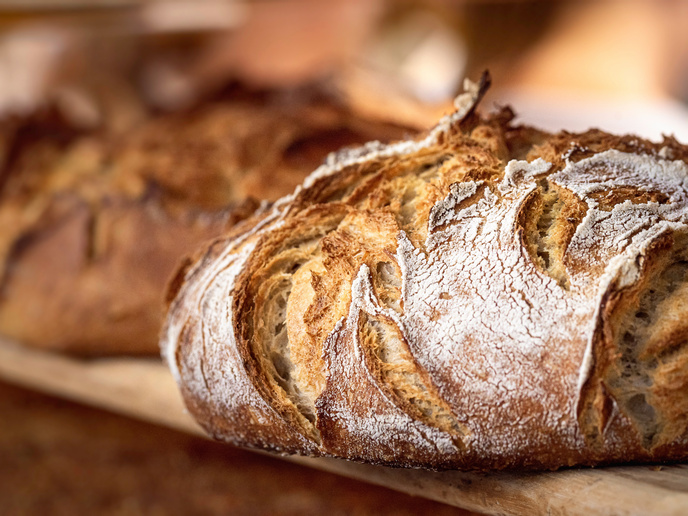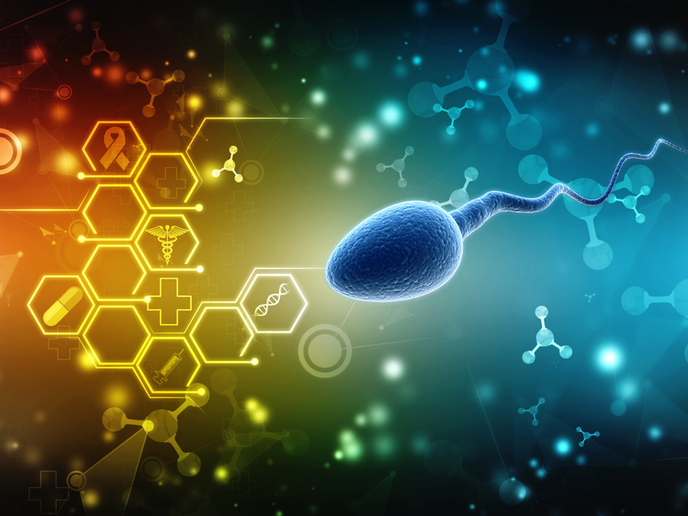Fundamental mechanisms of exocytosis
The elucidation of the molecular mechanisms of exocytosis is a major step towards deciphering the immense complexity of brain function. The EU-funded 'Dissecting synaptotagmin isoform function: from vesicle docking to fusion pore formation' (EXOSYTS) project goal is to understand the regulation of the fast and slow phases of calcium ion-triggered exocytosis. The nervous system performs immensely complex functions through precisely defined and timed communication between neurons that are dependent on exocytosis. These events are mediated by dedicated proteins that are localised on the neuronal synaptic vesicles themselves and the plasma membrane. Some isoforms of the protein synaptotagmin act as calcium ion sensors. They are involved in early synaptic vesicle docking to the presynaptic membrane and late steps of synaptic vesicle fusion. Researchers focused on syt1 and syt7 isoforms and experiments revealed no change in any of the properties of single spikes in the absence of syt7. At the next stage, research shifted towards protein Doc2b that is also involved in exocytosis. The protein also binds calcium but exists in a soluble state. Experiments in chromaffin cells using Doc2b knock-out mice revealed that the calcium dependence of vesicle priming and release remained unchanged. The conclusion was that Doc2b acts to inhibit vesicle priming during prolonged calcium exposure and protects vesicles from premature fusion. Finally researchers identified a novel role for protein interacting with C Kinase 1 (Pick1) in the biogenesis of secretory vesicles in mouse chromaffin cells. In its absence, chromaffin cells display reduced exocytosis in response to calcium release or membrane depolarisation. In the absence of Pick1, the vesicles had reduced size and number but remained fully functional. The results of the project were disseminated through several high impact publications. The project in general made an important contribution towards a better understanding of the complexity of exocytosis.







